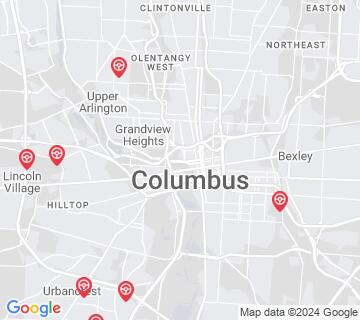Air Brakes
This endorsement is required for driving a vehicle with air brakes. To receive this endorsement, applicants must pass a written test. The test consists of 25 multiple choice questions. To pass, the applicant must answer at least 20 questions correctly. Test questions come from the Michigan Commercial Driver License Manual. Questions come from the chapter covering: Air Brakes. The Air Brakes endorsement may be used with the Class A, B or C CDL.
Number of Question
Passing Score
13. When stopping in an emergency situation, you should:
Explanation
If you need to make an emergency stop, you can use either the controlled braking method or the stab braking method. It's important to brake in a way that keeps your vehicle in a straight line but will still allow you to turn if necessary.
14. What kind of force do emergency brakes use?
Explanation
Air brakes are really three different braking systems: the service brake, the parking brake, and the emergency brake. Emergency and parking brakes are applied with mechanical force.
15. Friction in an S-cam brake is caused when the brake shoes and linings:
Explanation
Friction inside a brake drum is caused when the brake shoes and linings push against the inside of the drum. The friction in the drums will slow and stop the vehicle.
16. When parked on a flat surface, you should:
Explanation
When parking on a level surface, you should use wheel chocks. If the vehicle is not equipped with spring brakes, this is essential to prevent the trailer from moving.
17. Anti-Lock Braking Systems (ABS):
Explanation
If equipped, ABS is in addition to a vehicle's normal braking system and does not increase or decrease the braking power of any other system. ABS only activates when a vehicle's wheels are about to lock.
18. Which of the following is not part of a vehicle’s air brake system?
Explanation


